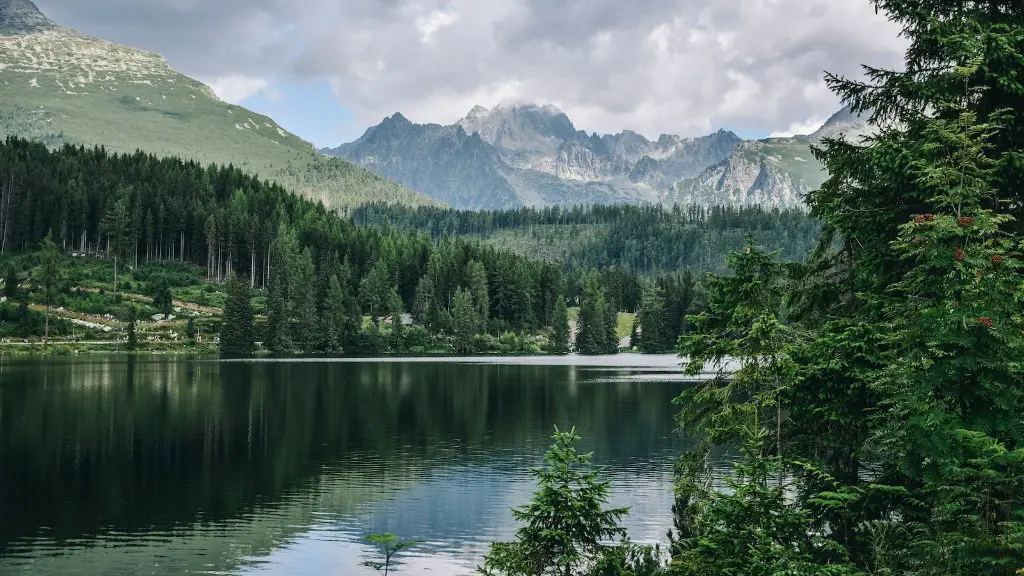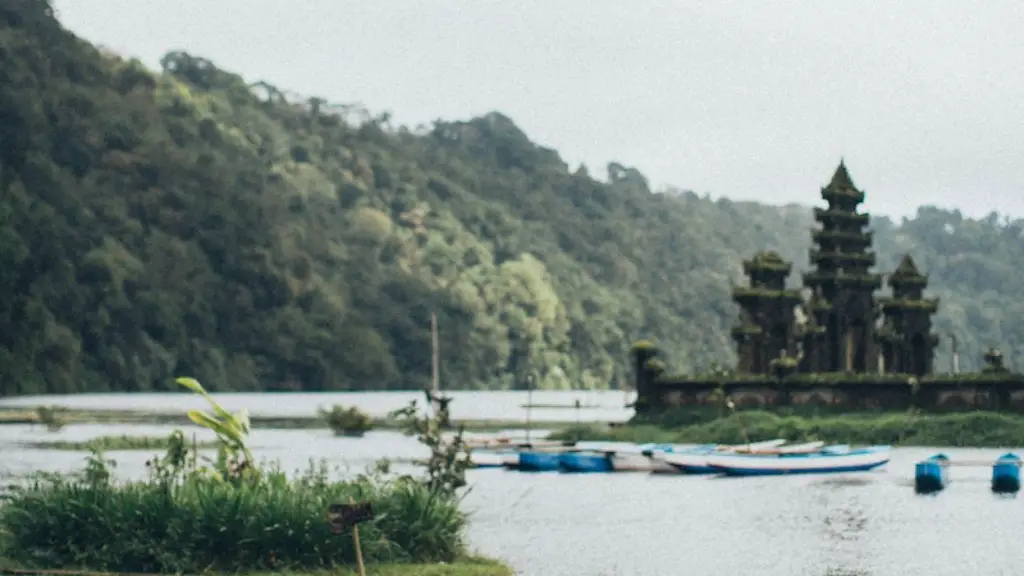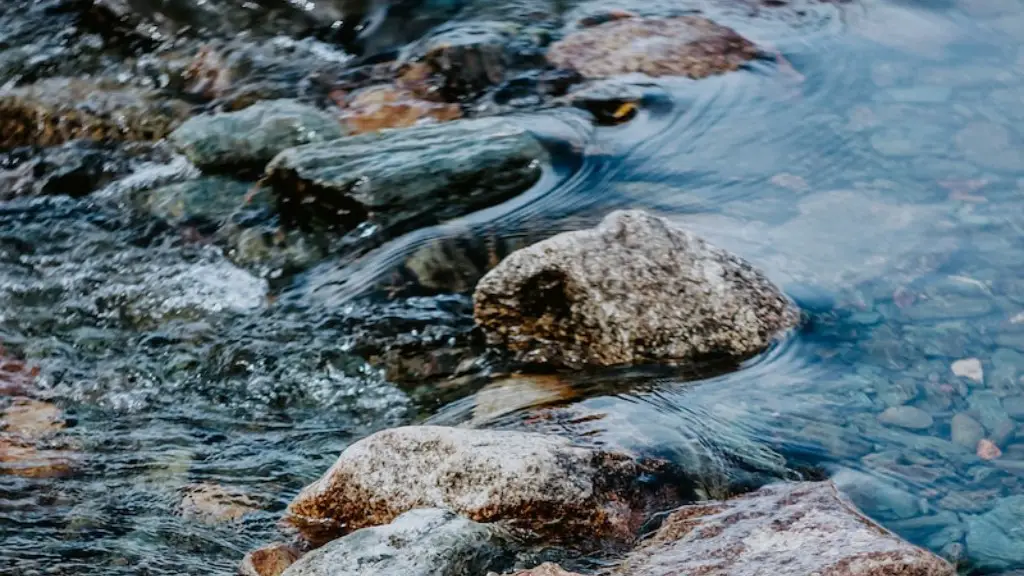The Mississippi River is one of the longest rivers in the world. It begins in its headwaters in Minnesota and flows south through the Midwestern United States before emptying into the Gulf of Mexico. Along the way, it serves as an important transportation corridor, a major source of drinking water, a home to a myriad of fish and wildlife, and an educational resource for people from all over the country. Numerous species are reliant on the Mississippi River for their suvival, creating rich ecosystems along its banks.
The Central Flyway, a major migratory route for migratory birds, travels through the length of the Mississippi River, from Minnesota down to the Gulf.As many as 400 species of birds travel through the Flyway every year, relying on the Mississippi River not just as a route, but also as a source of food. Animals including geese, ducks, and shorebirds of various types benefit from the mosquitos, crustaceans, insects, and other invertebrate organisms that breed and live in the river’s large and varied habitats. Birds, in particular, are dependent on these organisms for survival, as they form the bulk of their diets.
The Mississippi River is a home to a large variety of other animals too, including beavers, river otters, turtles, and muskrats. These animals rely on the river for food, shelter, and other resources necessary for their life-cycle.Beavers inhabit the riverside habitats and rely on the tall trees that flank the river for food, building materials, and protection from predators. River otters, meanwhile, feed primarily on fish and freshwater mussels, both of which inhabit the Mississippi River. Turtles and other reptiles are also common in the area, nesting near the water and relying on sun-warmed rocks along the banks to regulate their body temperatures.
Fish of a variety of species, including sturgeon, carp, catfish, and numerous others, also depend on the Mississippi River for habitat and food. Fish rely heavily on fish and insect larvae, both of which are abundant in the slow-moving waters of the great river. The river also provides spawning grounds for fish, giving them a secure spot to deposit eggs and protect them from predators.
Mammals also thrive along the river, with species such as white-tailed deer, raccoons, and opossums all living in the floodplain forests that surround it. These animals have a crucial relationship with the Mississippi River, as they rely on it and its resources for food, water, and shelter. Meanwhile, bats, frogs, and other amphibians also benefit from the abundance of insects that live and thrive along the river’s banks.
Environmental Impact
The Mississippi River’s abundant wildlife rely on maintaining clean and healthy water. To achieve this, scientists and conservationists employ a variety of strategies to protect the river and its inhabitants. For instance, the Healthy Rivers Partnership – a collaboration of universities, local and state governments, and federal agencies – has created a set of plans for managing the Mississippi River’s watershed. These plans give guidance on water quality, wildlife habitat, and other conservation efforts to ensure a safe and healthy river.
Likewise, the Mississippi River’s human inhabitants can have a large impact on its ecology. Pollutants from nearby factories and farms can enter the river, resulting in long-term environmental damage. Pesticides, fertilisers, and other pollutants have been linked to poor water quality and degraded ecosystems. To combat this trend, government organisations, local stewardship initiatives, and individuals all have a role to play in reducing pollution and restoring water quality.
Climate change is another major concern for the Mississippi River ecosystem. The rising global temperatures and increasing risk of severe weather events can cause disruptions to the habitat of the animals that inhabit it. Floods, droughts, and other extreme weather can alter habitats, destroy vital resources, and push species to their limit. For example, warmer water temperatures can reduce oxygen levels, affecting fish and other aquatic species.
Likewise, habitat fragmentation caused by human activities has been known to have negative effects on the animals that depend on the Mississippi River. Road and bridge construction, coastal levees, and other urban developments can reduce connectivity between important habitats, making it difficult for species to navigate the river. This can inhibit the ability of animals to access vital resources and move around the river system.
Conclusion
The Mississippi River is a vital resource to many species, both aquatic and terrestrial. From ducks and geese to beavers, turtles, and muskrats, this great river provides home and resources to a diversity of animals. However, human activities can have a negative impact on the river’s health and threaten its ability to sustain this wildlife. By reducing pollution, conserving habitats, and mitigating the effects of climate change, we can ensure that the Mississippi River remains a nurturing home to countless species for years to come.


